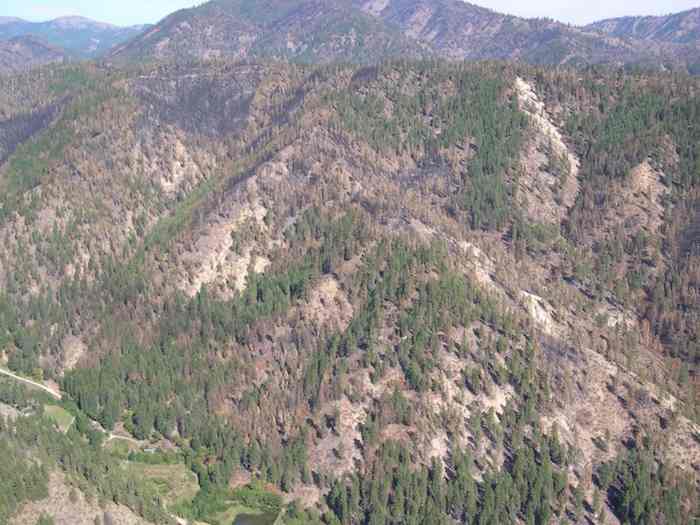This webinar is the first of a four-part series for managers and scientists to discuss up-to-date information regarding the benefits, challenges, opportunities, and trade-offs among the different strategies and tools related to fuel treatment applications within dry mixed conifer forests of the western United States.
Dry mixed conifer forests of the northwestern United States challenge ecological classification systems because of the diversity and complexity of the landscapes where they occur. Many contain ponderosa pine and a mixture of other highly productive tree species in the overstory and understory. They often mix with drier and wetter forests, creating a mixture of forest types quite unlike the expansive stands of comparatively pure ponderosa pine found elsewhere in the West. Widespread human settlement, timber harvesting, livestock grazing, fire exclusion, disease, and insects have shaped these forests. We will summarize the first four chapters of the synthesis and discuss how this information can be used in describing potential future conditions. Questions for our discussion may include: What are the key elements that need to be considered? Why is diversity of forest structures and compositions important? How do fuel treatments blend in with other disturbances in addition to wildfire?
Discussion & Reading
An hour of the webinar will be dedicated to a discussion for everyone to share ideas and ask questions. As a primer, you may be interested in reading chapters 1-4 in "A comprehensive Guide to Fuel Management Practices for Dry Mixed Conifer Forests in the Northwestern United States" (below).
